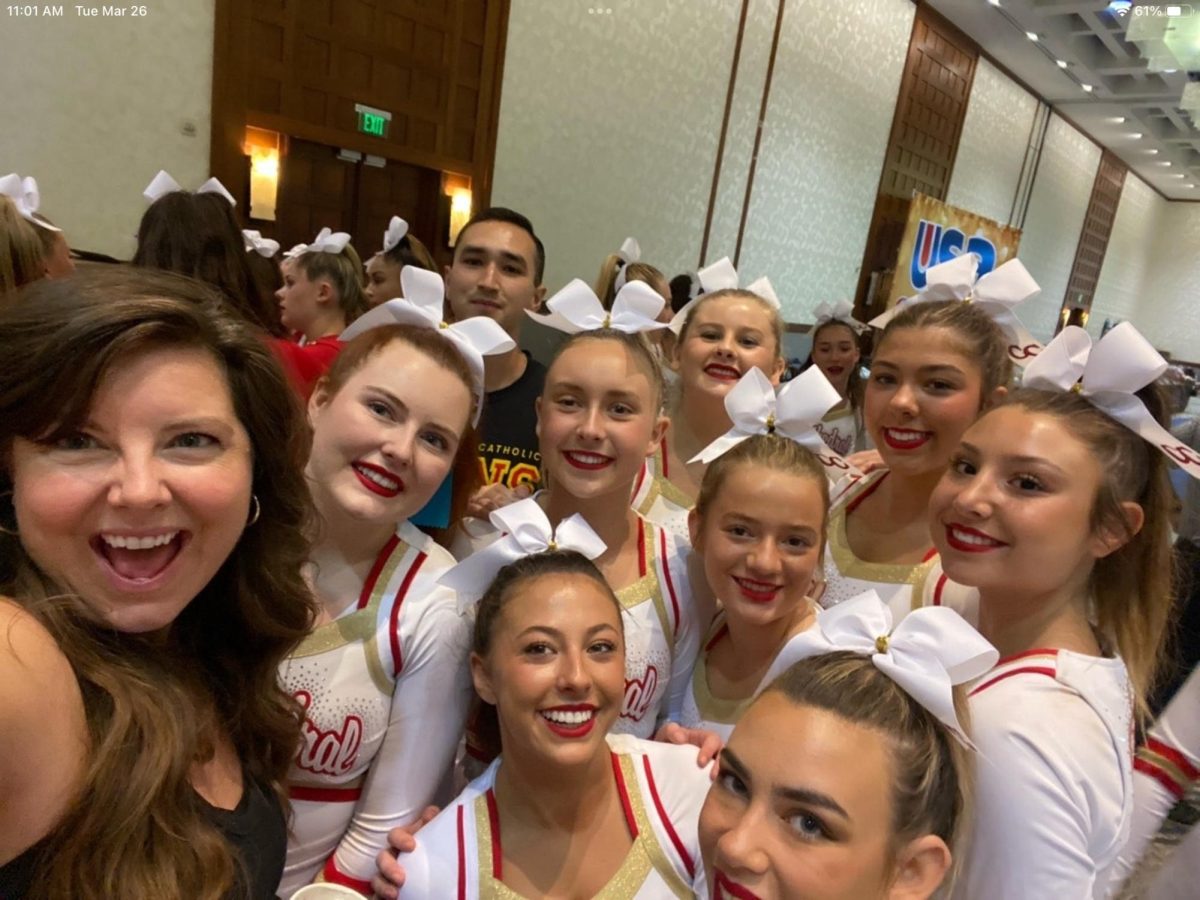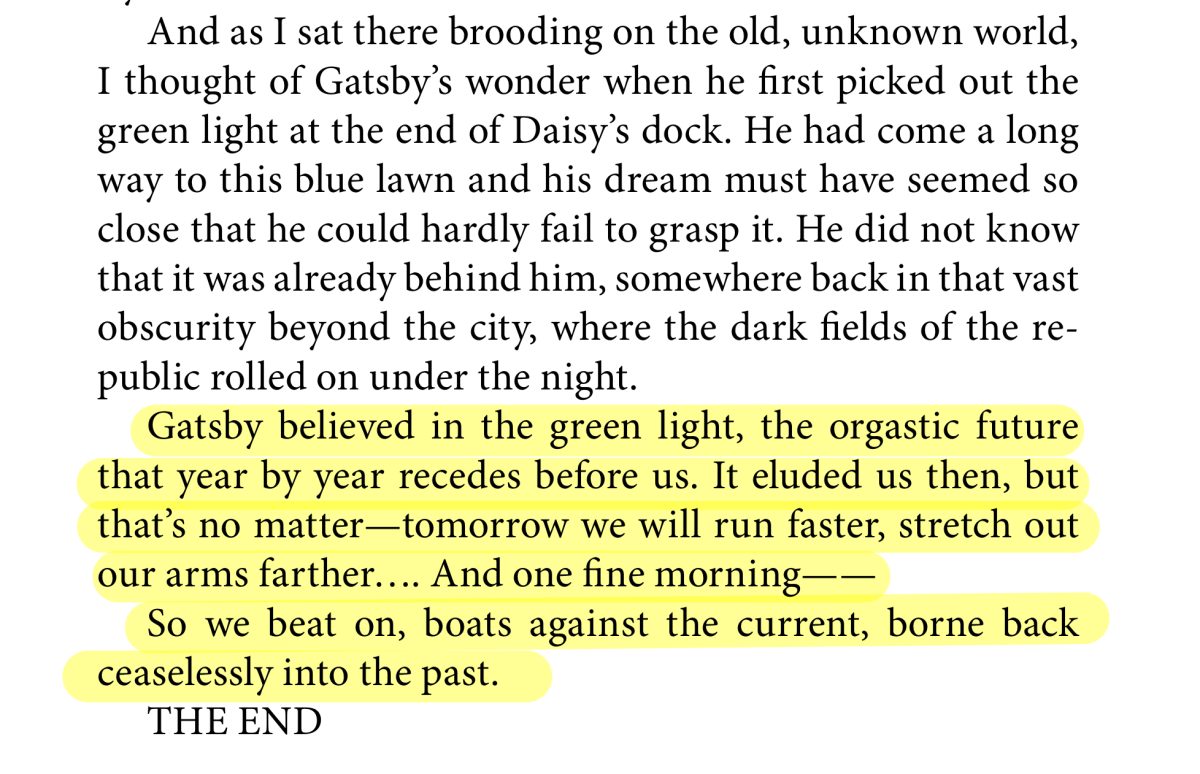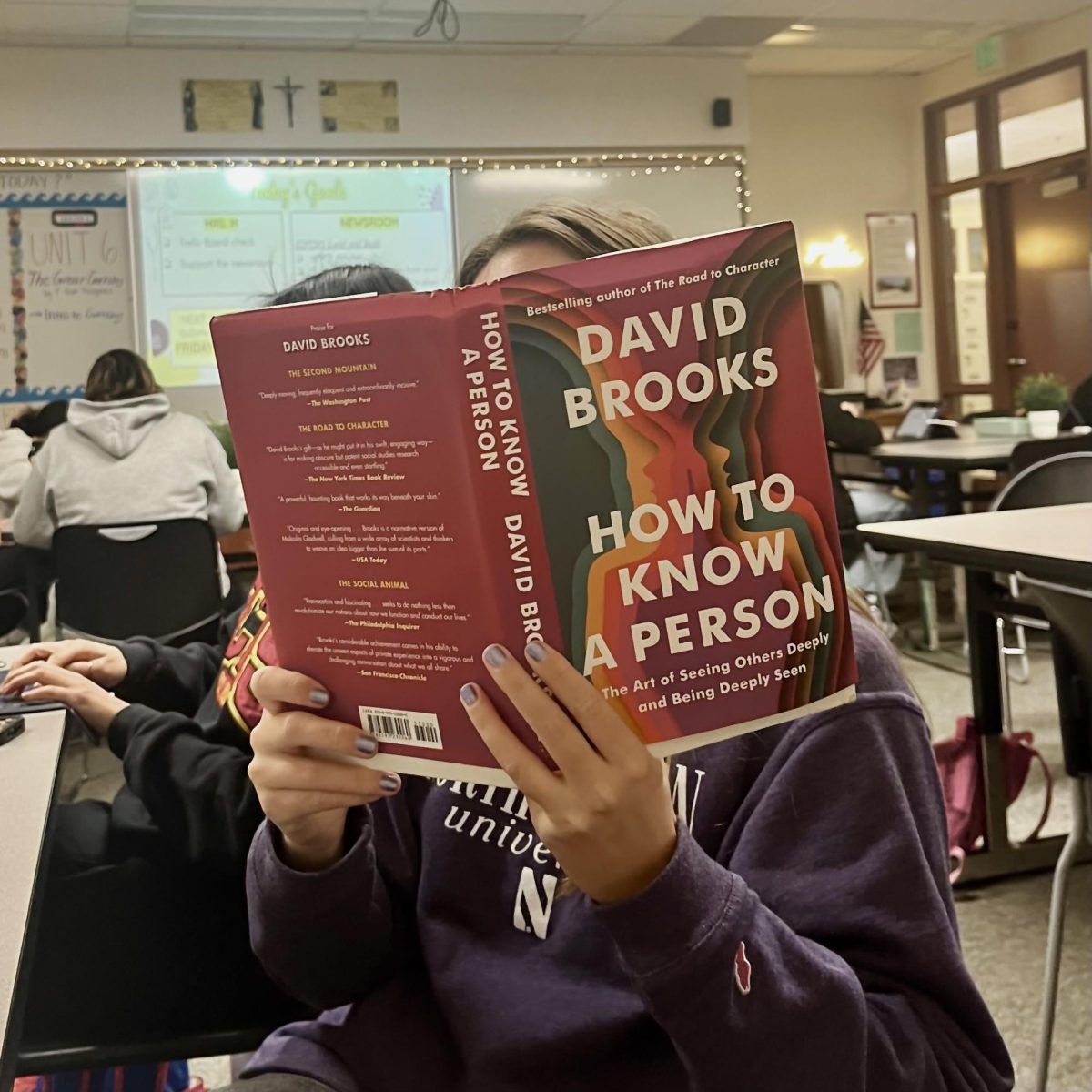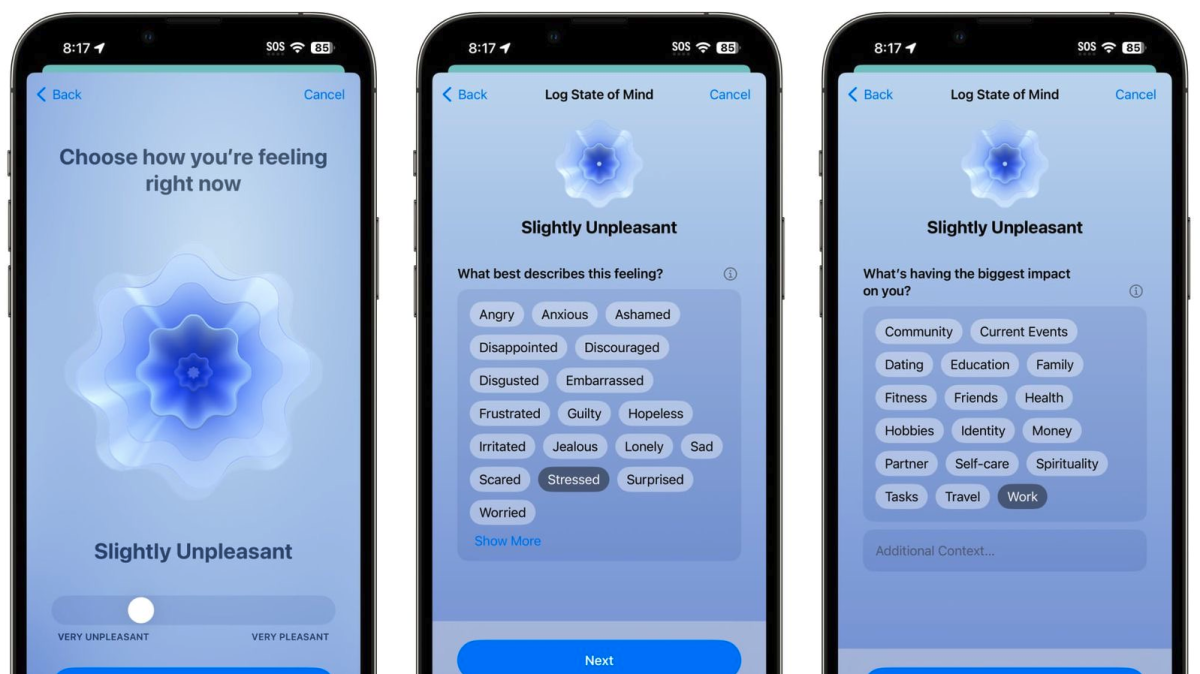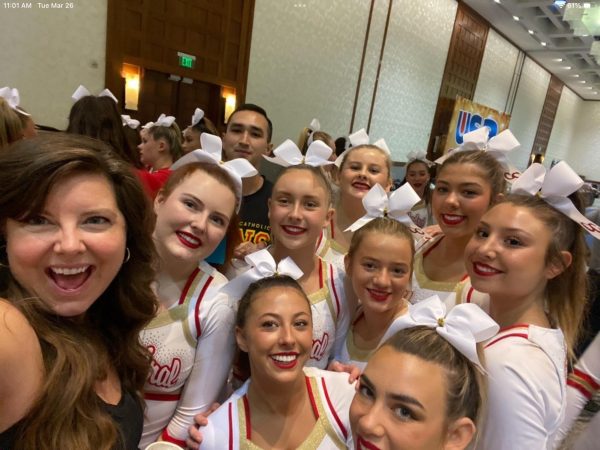Students and teachers share opinions on breaks during class

December 1, 2014
During their eighty-five to ninety minute classes, most students desire a short break to collect their thoughts and regain focus. Does this short break help students focus more, ultimately resulting in greater classroom success?
On many occasions, students are given a short rest from their classes while still in session. Due to these breaks, students are able to get up, walk around, and stretch their legs, as well as relax their minds. Especially if in a class heavily comprised of lectures, students enjoy a short amount of time where they can share their thoughts with anyone around them, instead of listening only to those of the teacher.
AP Psychology and World History teacher Mr. Frank Caro tried to get behind the psychological part of these breaks as he explained studying. He said, “Cramming [information] is less effective than spreading out the studying.” Students enjoy the possibility of spreading out all their studying, as their attention spans may not last so long. “Our ability to pay close attention seems to wane after about twenty minutes, but can vary given the material being attended to and also the listener’s interest,” he said.
While some do not want their students to take breaks, a significant number of teachers allow their students a short time where they can relax. Some students believe that these short breaks truly do help them with their class. Junior Kylie Freitas said, “Breaks are very helpful to me and many other students, especially since kids don’t have a very large attention span.”
Some students, such as junior Jack Freim, aren’t as enthusiastic about having breaks. Jack said, “I don’t see the point of having a break in class. I feel that the break in the morning and lunch are just enough. However, I can understand having a break if you are in a lecturing class.”
Many teachers say that these relaxation periods support their students in many aspects. AP World History and Spanish 1 teacher Mr. Chad Colden said, “The mental breaks give [students] a chance to wake themselves back up mentally and get their focus back. Each student, teacher, and human can focus at different intervals due to many factors. I want to make certain that each student can retain and get back their focus halfway through the class.”
As well as giving the students a break, the teachers also get a period of time where they can prepare for what is next, as well as adjusting to the class needs. AP Calculus BC, Pre-Calculus, and Pre-Calculus Honors teacher Mrs. Debbie Bricker said, “It gives me a chance to answer questions my students may have about the material I just presented.” During the breaks Mrs. Bricker said that her students, “Complete their notes, review their notes, ask me questions if they missed something, and possibly even check their email.”
Even though some teachers allow these breaks, others are not so supportive of a break during the middle of class for various reasons. For example, many argue that there is so much content that there isn’t any time for a break. Speech Communications and English 2 Honors teacher Mr. Chris Grazier said, “I might give a little break early, allowing my students to decompress before I start.” Instead of giving these timeouts in the middle of class, Mr. Grazier may change up the activity, as he said, “It’s good educational practice to go in smaller snippets.The more senses that a teacher can appeal to in the lecture, the deeper the learning is.”
Breaks are only effective if engaged class time is productive. During the class, students need to be actively listening to enhance their knowledge. Mr. Caro said, “A break could help the learning process assuming the active listening is happening in-between breaks also.”
Unanimously, all four of the teachers El Cid interviewed feel that breaks help their students in many ways, such as relaxation, resting, and some time to think over the material. By allowing the teachers to adjust to their class, these shortly timed breaks also help the teachers. “I don’t mind taking breaks, as long as when the five minutes are up,” Mrs. Bricker said, “they come right back to task.”










